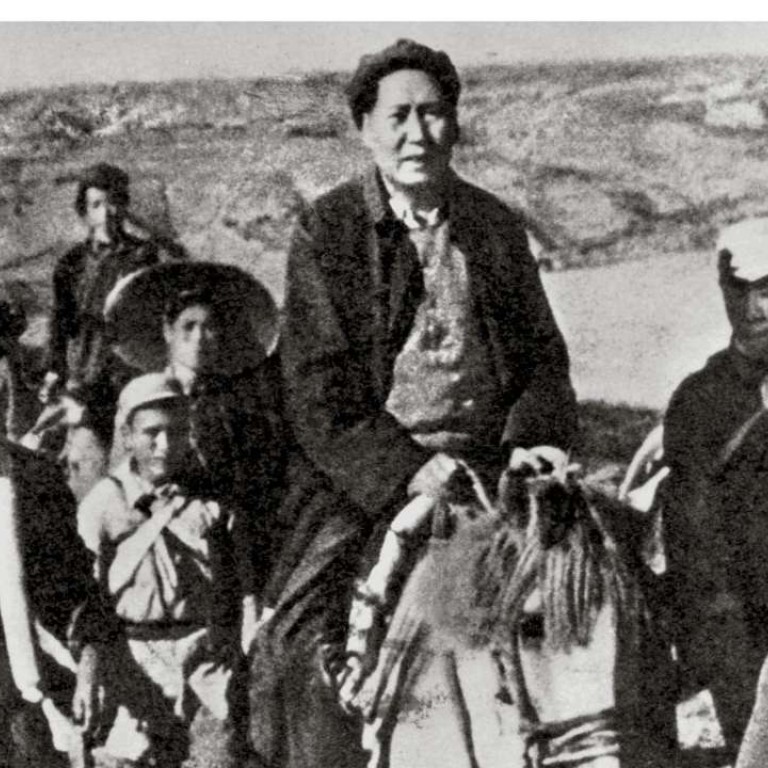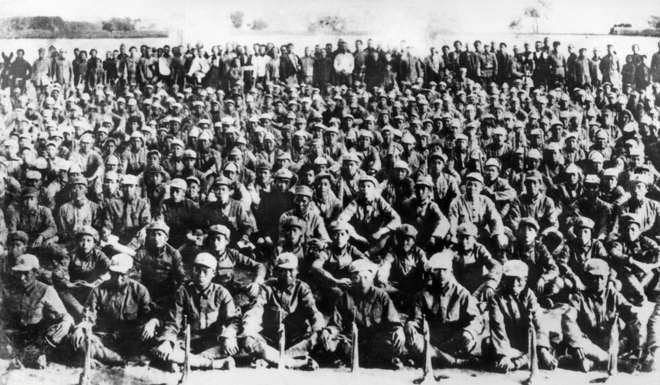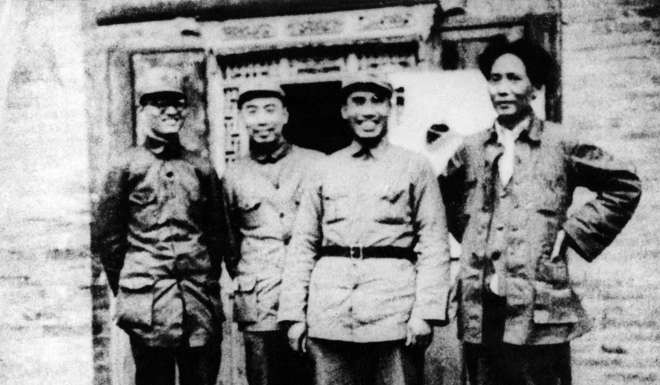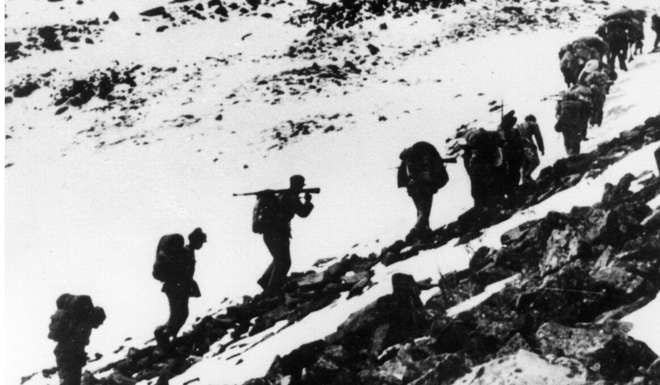
The Long March: what it was and why it matters to China’s Xi Jinping
The year-long retreat of Communist forces beginning in 1934 has become a pillar of the way the party views itself, and a rallying cry for the president
China’s Communist Party commemorated the 80th anniversary of the end of the Long March on Friday. We explore the historical significance of the event and what it means to President Xi Jinping.
What was the Long March?
The Chinese Communist Party originated in 1921. Its alliance with the Kuomintang, or Nationalists, was severed in 1927, after which the Communists fled to the western part of Jiangxi province. The remote, mountainous region was roadless and accessible only by footpaths, making it a safe haven for the Communists, who established the Soviet Republic of China there.
Three years later, surrounded and harassed by Kuomintang forces led by Chiang Kai-shek, the Communist leaders decided to mobilise the Red Army and take flight in October 1934. Thus began a journey that lasted for a year and changed the fate of the Communist Party – the Long March.


The march began with 86,000 men and women in Ruijin and Gucheng in Jiangxi, and ended in Yanan in Shaanxi province, with Kuomintang troops pursuing the whole way. Leaders of the march included Mao Zedong, Zhou Enlai, Deng Xiaoping, Zhu De, Peng Dehuai and Lin Biao.
Why does commemorating the Long March matter to President Xi Jinping?
The march has always been depicted as a pillar of the Chinese Communist revolution. For Xi, it represents a way to unite the Communist Party and the Chinese people for what the president sees as a challenging political test ahead. He has called on the nation to emulate the Long March spirit, of people who devoted their lives to realising the revolutionary dream.
The Long March therefore received extensive media coverage in the days leading up to its official anniversary date yesterday, and the president’s speech to mark the occasion.
What are the controversies surrounding the history of the Long March?
The march is beset by controversies and conflicting narrations of what actually occurred. The facts about the long retreat are difficult to verify because the central government has prevented independent historians from conducting research and exploring the topic. The fact that there are few survivors of the march remaining also adds difficulties.


One area of dispute is the actual distance covered by Mao’s troops, which he estimated at about 12,500km. British researchers Ed Jocelyn and Andrew McEwen believe the army only travelled some 6,000km, and others have said the real distance was closer to 9,000km.
The military achievement of the Red Army surviving against superior Nationalist forces is also seen by some as exaggerated. What is not mentioned in mainland textbooks is the fact that Chiang’s best troops were busy resisting the Japanese invasion during and after the Long March. This gave the Communist Party the opportunity to escape to Yanan and use it as a foundation for growth.

